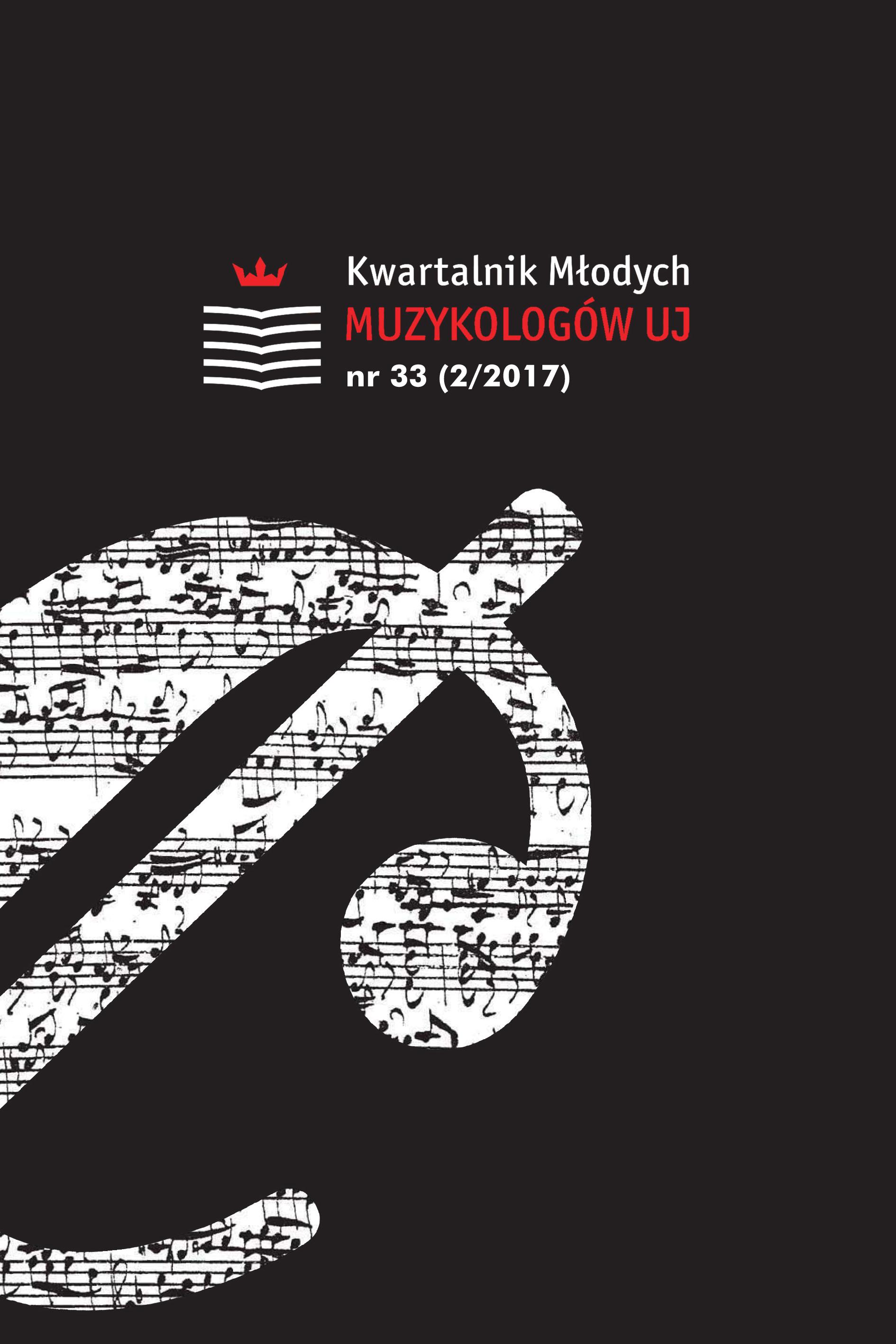Sonet VIII Williama Szekspira w pieśniach Dymitra Kabalewskiego, Igora Strawińskiego i Pawła Mykietyna
The 8th Sonnet by William Shakespeare in Songs of Kabalevsky, Stravinsky and Mykietyn
Author(s): Karolina DąbekSubject(s): Cultural history, Music, Poetry, Studies of Literature, Gender history, Recent History (1900 till today), Theory of Literature
Published by: Koło Naukowe Studentów Muzykologii UJ
Keywords: Shakespeare's sonnets;Paweł Mykietyn;Dmitry Kabalevsky;Igor Stravinsky;relations between text and music;
Summary/Abstract: The 8th Sonnet Music to hear by William Shakespeare belongs to so-called „procreation sonnets”, where the poet insists on a young man to marry and have children. It should grant immortality to him and his youthful beauty to the world. The poem, written in iambic pentameter, reveals the structure of an Elizabethan sonnet. The main emphasis is laid on the last strophe, which does not serve anymore as a protective advice, but as a warning. The syndrome of the 8th Sonnet, understood after Mieczysław Tomaszewski as a “group of constitutive features” is formed here by the following categories: musicality, metaphorism, oxymoronity, rhetoricity and erotic ambivalence. The poem has foundits musical interpretations in the output of the 20th century compos-ers: Dmitry Kabalevsky, Igor Stravinsky and Paweł Mykietyn. All songs are both musically and expression wise distant from each other, nevertheless each of them reflects an element of the Sonnet’s character. Metaphorism and oxymoronity appear in music of every composer in a very individualized way, which is proved by the analysis of word-tone relations. The sphere of erotic ambivalence is present only in Mykietyn’s song, intended for a male soprano. In a lyrical song by Kabalevsky the musicality and rhetoricity of the poem are especially underlined. In a constructivist approach of Stravinsky (dodecaphony) and Mykietyn (circle canon) analogies to an intellectual game and a net of complex literary metaphors in the poem can be found. (transl. Iwona Sowińska-Fruhtrunk)
Journal: Kwartalnik Młodych Muzykologów UJ
- Issue Year: 2017
- Issue No: 02 (33)
- Page Range: 77-100
- Page Count: 24
- Language: Polish

